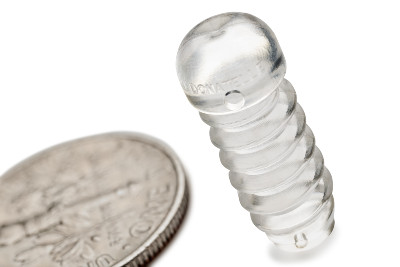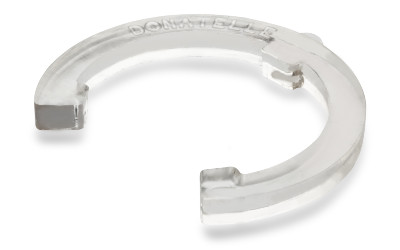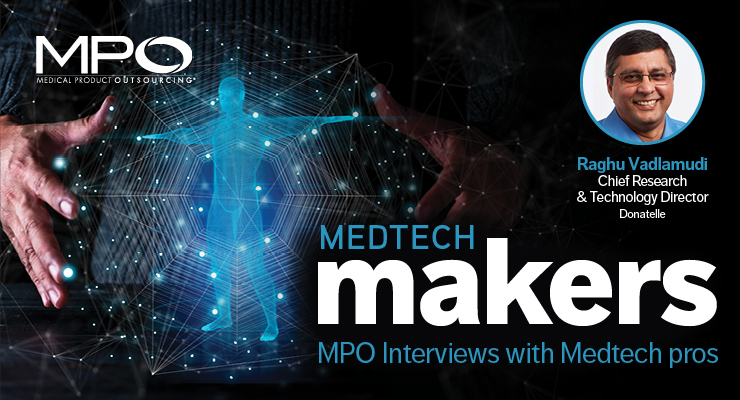Traditional medical devices used within the body are often intended to last for the patient’s lifetime. As such, they are developed with strong, durable materials that will not succumb to the harsh environment of the human body. But with many surgeons and healthcare professionals seeking more natural healing alternatives, device makers are expanding their use of materials and exploring options that can breakdown in the body as healing occurs.
Bioresorbable materials are an option that meet this need. They can provide support to a part of the body while healing takes place and then dissolve once the area no longer requires the device. The material is expelled through natural processes and leaves nothing behind.
As exciting as these types of materials are, the challenges of working with them can be significant. As such, Raghu Vadlamudi, chief research and technology director for Donatelle, provided insights on a number of factors device manufacturer should consider if they are looking to develop products from these materials. While the companies may be quite acquainted with molding with more traditional resins, bioresorbable materials present a different set of dynamics that could be unfamiliar to them.
Sean Fenske: What is truly meant by bioresorbable molded devices? Does the body actually absorb the device?
Raghu Vadlamudi: Bioresorbable devices are manufactured using natural or synthetic polymers and metals that can be broken down by hydrolysis—chemical breakdown due to reaction with water. Once they are implanted in the body, the material will be broken down and absorbed by the body, not requiring removal like some of the current devices manufactured using stainless steel or titanium. The examples of bioresorbable polymers are Polylactide, Polyglycolide and their copolymers. Metals such as magnesium are being used to manufacture bioresorbable devices.
Fenske: What applications is this technology best indicated for? What are the advantages?

Bioresorbable Screw
Fenske: What are the most significant factors bioresorbable device makers should keep in mind when designing or spec’ing for molding?
Vadlamudi: The bioresorbable device maker needs to take into account price and material availability, along with the knowledge in handling and processing the material. It can become expensive if the device manufacturer does not have the expertise in-house or access to a skilled supplier. Processing bioresorbable materials demands strict adherence to good manufacturing practices with a suitable environment. Consistency is critical here.
Fenske: What material considerations does the device manufacturer need to keep in mind?

Bioresorbable Staple
Fenske: What challenges does adding pharmaceutical elements introduce to the molding process?
Vadlamudi: Adding pharmaceutical elements increases the level of difficulty in the molding process. Equipment needs to be modified to accommodate these heat-sensitive materials. For example, material extruders and dryers need to be sized to handle these expensive materials in order to minimize excessive heat exposure and degradation. Material degradation during processing will result in inconsistent absorption rates after the implantation, which defeats the original purpose.
Fenske: Does the molding process for bioresorbable components/devices differ at all from a more traditional injection molding process (i.e., production time, volume limits, etc.)?
Vadlamudi: The molding process itself is not that different. Actually, it’s the same. However, traditional polymers are more forgiving when it comes to degradation during processing. Material cost is another important factor that results in optimization of mold designs to minimize waste.
Learn more about Donatelle here >>>>>














